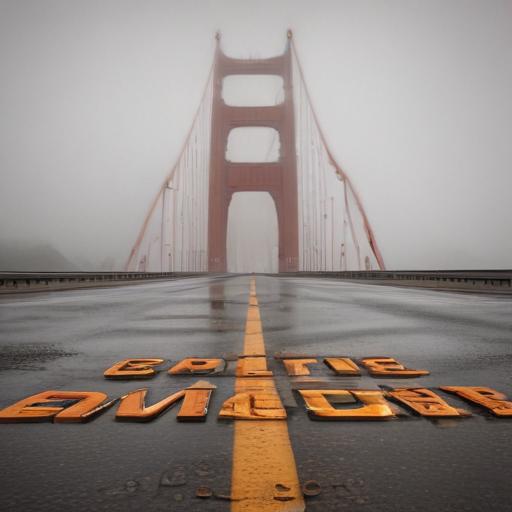Experts are warning that a significant earthquake known as “The Big One” could potentially devastate iconic Californian landmarks, including the Hollywood Sign and the Golden Gate Bridge. Scientists from the US Geological Survey (USGS) suggest there is a 72 percent chance of a major quake affecting the San Francisco Bay Area in the next 30 years, primarily triggered by the San Andreas Fault, a major fault line extending across California.
While the Bay Area is indicated to be at serious risk, simulations suggest that the southern segment of the San Andreas Fault may be more likely to rupture, posing an immediate threat to cities like Los Angeles and San Diego. This potential earthquake could exceed the destruction witnessed in the 1906 San Francisco quake, with estimates predicting hundreds of fatalities and extensive property damage, reaching up to $200 billion.
Key landmarks specifically identified as vulnerable include:
– **Hollywood Sign**: This famous symbol, located atop Mount Lee, is at high risk due to potential landslides that could occur during a major earthquake. Although renovated in 1978 with a reinforced structure, its geographical setting makes it susceptible to geological instability.
– **Los Angeles City Hall**: Originally built in 1928 with materials vulnerable during seismic events, City Hall underwent retrofitting in the 1990s, yet remains endangered due to its position in a high liquefaction risk area.
– **Capitol Records Building**: Similar to City Hall, this iconic structure faces risks due to its outdated construction techniques and location near multiple fault lines.
– **Gaslamp Quarter in San Diego**: Known for its historic buildings, most of which were constructed without modern seismic standards, this popular district is at considerable risk should a powerful earthquake occur.
– **Golden Gate Bridge**: Built in 1937, this landmark has been updated to withstand quakes up to 8.3 in magnitude, but predictions warn of possible structural failure should a more powerful quake occur. Even if it does not collapse, damage to its components may result in significant closures.
– **Balboa Park**: A vital cultural hub in San Diego, Balboa Park is awaiting large-scale infrastructure upgrades, leaving it vulnerable to potential damage from seismic activity.
– **Coit Tower**: Sitting on unstable terrain, this well-known structure in San Francisco faces threats from both earthquakes and landslides.
Recent research has emphasized the urgency for better preparedness in California, as most older infrastructure was not designed to withstand modern seismic standards. It underscores the need for ongoing assessments and improvements to safeguard not only the historic sites but the millions of residents and tourists who visit them.
As California faces these risks, the focus on updating infrastructure and improving seismic resilience remains more critical than ever. Communities are encouraged to stay informed and to invest in disaster preparedness measures in anticipation of these inevitable events. Being proactive could ultimately save lives and preserve the heritage that defines California.
